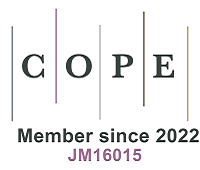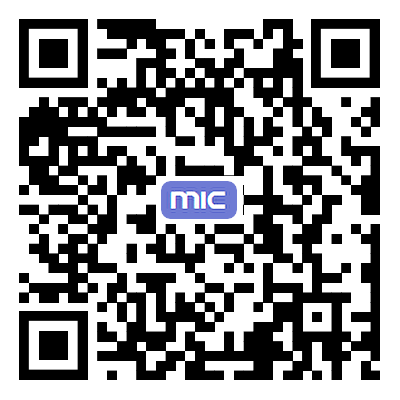Microstructure-informed analytical modeling of composite cathode for solid-state batteries
Abstract
All-solid-state batteries (ASSBs) promise high energy density and enhanced safety for electrochemical energy storage. The performance of dense composite cathodes relies on optimizing the phase fractions of cathode active material (CAM) and solid electrolyte (SE) to ensure effective electronic and ionic conduction, as well as sufficient interfacial contact. However, unavoidable porosity introduced during synthesis can compromise mass transport and interfacial kinetics, making it critical to predict optimal phase fractions in the presence of pores. Here, we present a computational framework for constructing an analytical surrogate model that captures complex microstructural effects, informed by numerical simulations of effective transport properties using over 250 virtual 3D microstructures. We systematically explore the influence of phase fractions and porosity on effective diffusivity and CAM-SE interfacial area. We report trends due to the differences in the diffusivities of widely studied CAM and SE materials. Our results indicate a tradeoff between achieving high effective ion diffusivity and maximizing specific interfacial area. The percolation threshold for lithium transport in the solid phase depends on the ratio of the diffusivity of the CAM phase to that of the SE phase. These simulation results are accurately described by analytical expressions derived from a nested generalized effective medium theory, offering a robust and practical predictive tool for optimizing composite cathode design in ASSBs.
Keywords
Microstructure, solid-state batteries, solid-electrolyte, composite cathode, computational modeling, effective property
Cite This Article
Wang B, Garcia OK, Wood M, Ye J, Wood BC, Heo TW, Adelstein N. Microstructure-informed analytical modeling of composite cathode for solid-state batteries. Microstructures 2025;5:[Accept]. http://dx.doi.org/10.20517/microstructures.2025.76














